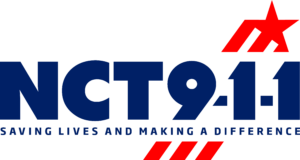Can you text 9-1-1? Or, more importantly, should you?
Can you text 9-1-1? There are very few people out there who know that text-to-9-1-1 is an option, but we’re not surprised. Texting 9-1-1 is a relatively new feature in the industry (hard to believe, but true) and it’s fairly advanced technology for most public safety answering points (PSAPs or 9-1-1 call centers). The North […]
Can you text 9-1-1? Or, more importantly, should you? Read More »










